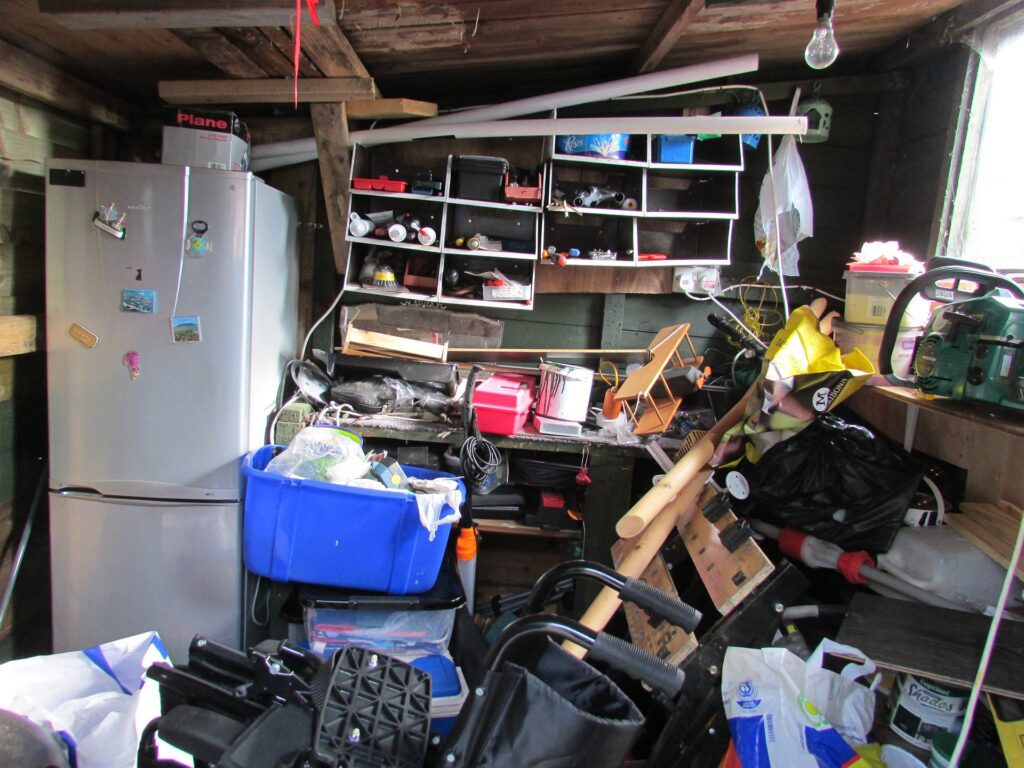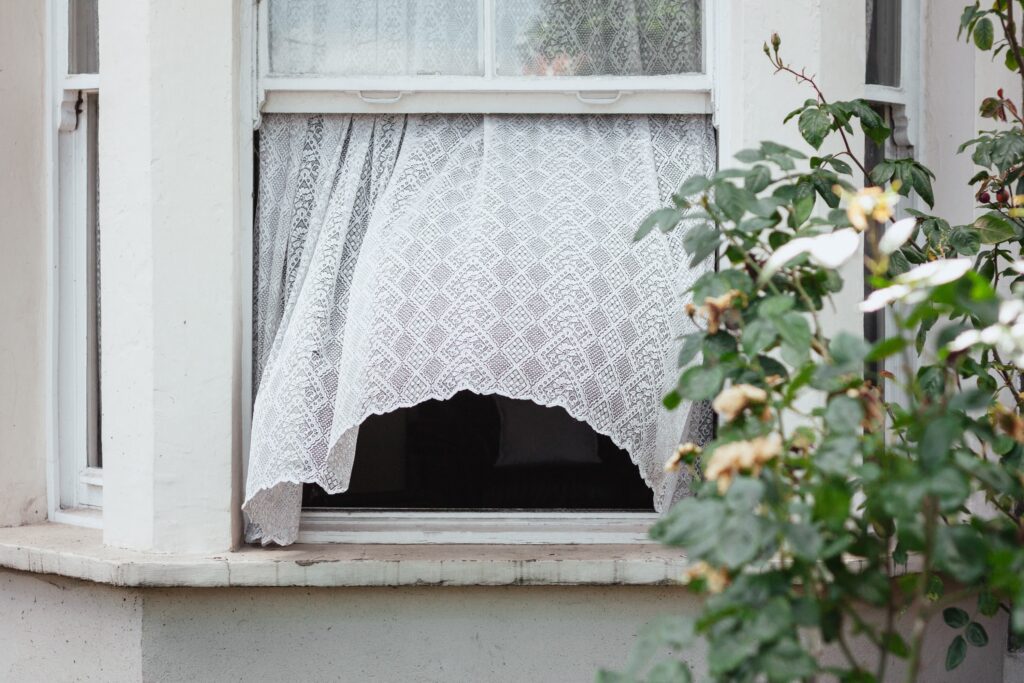The smell of mould can be very unpleasant. It’s important to know what to do if you start smelling it in your home. So, let’s discuss the causes of mould smells, as well as some tips on what to do next!

What does mould smell like and what causes it?
The smell of mould is often described as a damp, earthy musty smell (similar to damp rotting leaves). The smell is caused by the mould releasing spores into the air. The spores are invisible to the naked eye but can be inhaled. If you can smell mould, it means that there are high enough levels of spores in the air to produce a smell that can be registered. So, you should take action to find and manage the mould and improve ventilation immediately.
Mould thrives in damp conditions and is common in bathrooms, kitchens, laundry rooms, and basements. Or any other room that doesn’t have good ventilation, but plenty of moisture and mould food. If you find mould in your home, make a plan to clean it up immediately and to limit its growt. Fixing leaks and spillages is a big step to reducing the dampness it relies on. Improving ventilation by airing out the affected area and using a dehumidifier are further helpful steps. These can help to reduce the spore and mycotoxin concentration and improve the air quality.
The smell of mould is an ALARM
If you notice the smell of mould in your home, it is important to take action immediately. By the time you can smell it, dampness and mould are likely to have become established and concentrated enough to be producing the smell.

Its nature is to spread quickly, so aim to safely remove any contaminated materials and dry the affected areas thoroughly.
Mould is a serious health hazard, so take this alert and alarm as a sign of its possible presence. Don’t ignore it, open a window when it bothers you, and then just go on your way!
While small amounts of mould may not be harmful, large colonies can have serious health consequences. It can cause several respiratory problems, including allergic reactions, asthma attacks, and even bronchitis. Fungal mould has been linked to the worsening of several neurological conditions, e.g. Alzheimer’s disease, Parkinson’s disease, and multiple sclerosis. And it can also cause skin irritation and digestive problems.
Getting rid of the mould smell
The best way to manage mould is to prevent it from becoming established in the first place. But if you smell it out take some steps to find it and take care of it urgently.
- If you do find superficial mould, you may be able to remove it with recommended mould removal products.
- If the mould is widespread or difficult to reach, you may need a professional mould assessment and clearance service.
- Find the source of the dampness. Plan to stop and manage this urgently. Keep your house clean and dry, and repair any leaks or water damage immediately.
Whenever way, getting rid of the mould smell in your house is essential for your health and the longevity of your home.
Tips for keeping your home smelling fresh and clean
1. Keep your home clean by regularly sweeping, dusting and vacuuming.
2. Make sure to clean all surfaces, including bathrooms and kitchens.

3. Remove any clutter from your home as airflow is lower here which can increase the musty smell of mould.
4. Try using air fresheners or essential oils to manage smells in your home. Avoid using them to cover up musty mould smells – this is like putting a plaster over a developing abscess!!
5. If the smell of mould is particularly strong, you should consider hiring a professional assessor and cleaner to help you to get rid of the problem
Tips on how to prevent mould from becoming comfortable in your house
Mould can be a serious problem in the home, causing damage to both your property and your health.
However, there are some simple steps you can take to prevent mould from taking hold.
- Ventilate your home regulaRLy and well. Mould thrives in damp, dark conditions, so keeping your rooms well-ventilated will help to discourage its growth.
- Keep an eye on any areas of your home that are prone to condensation, such as the bathroom or kitchen. Wipe away any condensation as soon as you see it, and consider investing in a dehumidifier to help keep the air dry.
- Clean areas of your home affected by early/superficial mould as soon as you see them with evidence-based products, with safety precautions in place.

By following these simple tips, you can keep mould at bay and enjoy a healthy home.
Mould has a variety of smells including variations of what is described as dampness. This smell is an indicator of its presence. A musty smell is the most common and is likened to being similar to the smell of rotting leaves or soil. Other moulds may have sweet, pungent, or even floral scents. No matter what the mould smells like, though, it’s always important to get rid of it as soon as possible to avoid any health risks.
If you notice this type of smell in your home, it’s important to take action right away to investigate and address the issue. In the abscence of an obvious source, consider hidden mould and keep searching!
The smell of mould is a nose alert that you should take seriously. If you ignore it, the problem is likely to get steadily worse. Once you’ve started to manage the problem you can move onto a plan to limit and/or prevent it from happening again in the future.